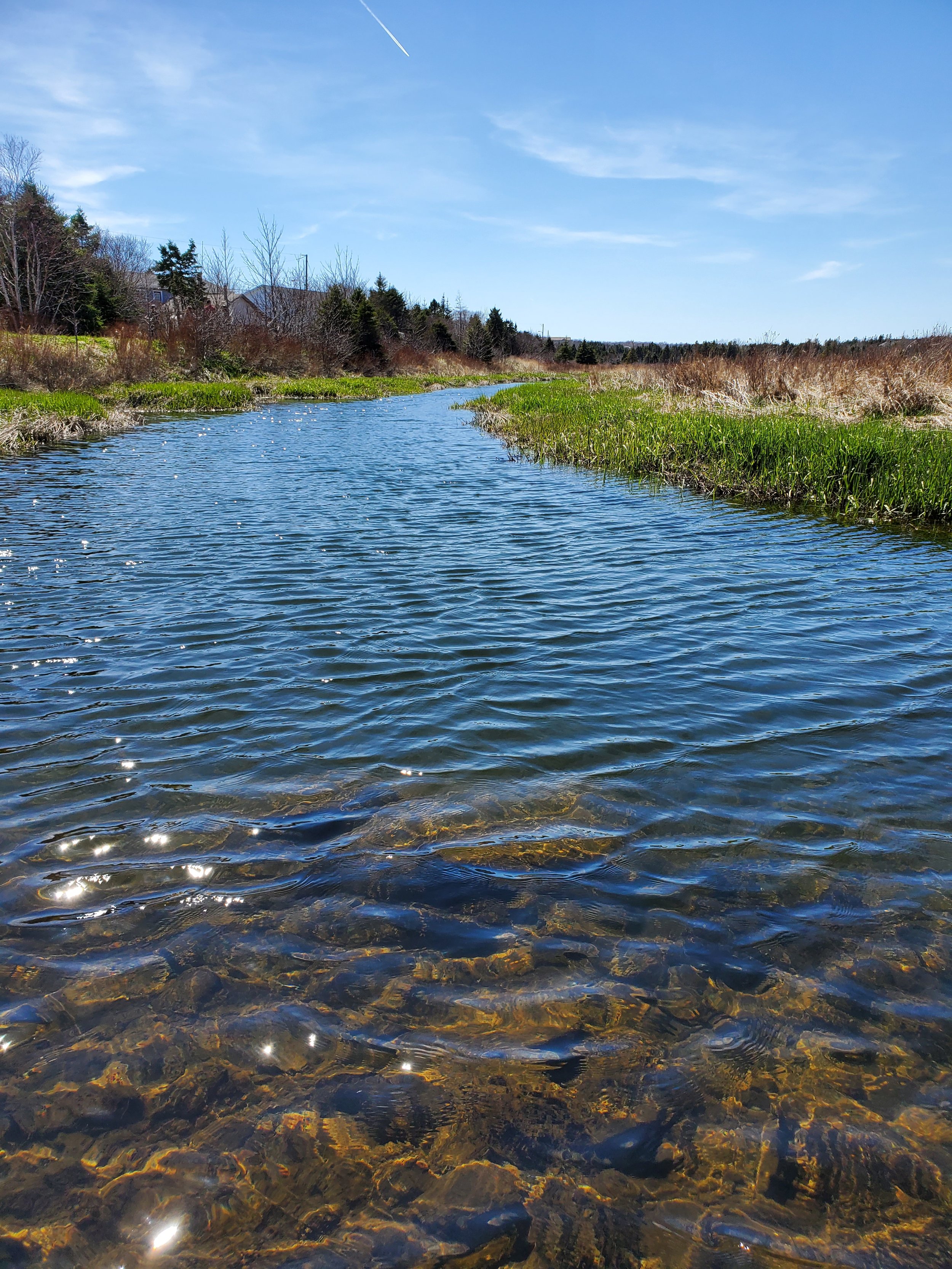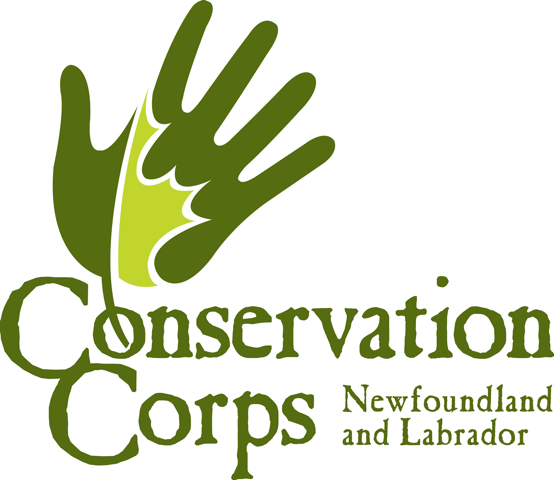
Water Conservation
About the project
This initiative focuses on water conservation throughout the province of Newfoundland and Labrador. Canadians have consistently ranked among the world’s highest water users, with per capita water use high above that of European and other industrialized nations. According to Environment Canada’s 2011 Municipal Water Use Report, Newfoundlanders and Labradorians use the most water per capita in Canada.
Here you’ll find water conservation tips, resources for well owners, and FAQs about how to conserve water at home.
Check out these water conservation tips from Katie and Stephanie.
Well Owner Resources
Here you can find resources to ensure that your well is properly constructed, monitored, and cared for.
Resources include material CCNL has helped compile, and information distributed by the Newfoundland and Labrador Department of Environment and Climate Change.
A guide to caring for your well and protecting your family’s health.
Groundwater Wells: What You Need to Know
Resources from Newfoundland and Labrador’s Department of Environment and Climate Change.
Find any Community’s Most Recent Drinking Water Quality Data in NL
Guidelines for Canadian Drinking Water Quality - Summary Table
FAQs
-
Canadians have consistently ranked among the world’s highest water users, with per capita water use high above that of European and other industrialized nations.
Not only that, Newfoundland and Labrador residents on average consumer 628 litres of water per capita per day, while the average Canadian uses 223 litres of water per capita each day.
Check out this graphic to see how much water NLer’s tend to use.
-
About 60% of Canada’s water supply flows north and is therefore not readily available or easily accessible where it is needed most—in a narrow 300-kilometre band along Canada’s southern border, which houses over 84% of the population.
-
Check out these resources on all water services offered by the city of St. John’s, including water quality, water emergencies, lawn and garden care, and more.
You can also visit the Water Resources Portal Website to view reports on drinking water quality, boil water advisories, and other information on tap and source water quality.
-
Visit the Water Resources Portal Website for NL. Here you can select your community from a dropdown menu and view reports on drinking water quality, boil water advisories, and other information on tap and source water quality.
-
According to the City of St. John’s water FAQ site “The water in the St. John’s Region is continuously monitored and tested regularly to ensure it complies with the Guidelines for Canadian Drinking Water Quality. Water Samples are collected daily from designated sample ports throughout the distribution system and sent to the Provincial Public Health Laboratory for bacteriological analysis. Additional samples are also analyzed by the City Laboratory Services Division and by third-party accredited laboratories for a variety of parameters to ensure the safety of the water we deliver to consumers.”
-
You can get a fairly accurate estimate of your daily water footprint by using one of a number of online water calculators. Try the CBC’s Water Calculator, or this calculator from Home Water Works.
-
